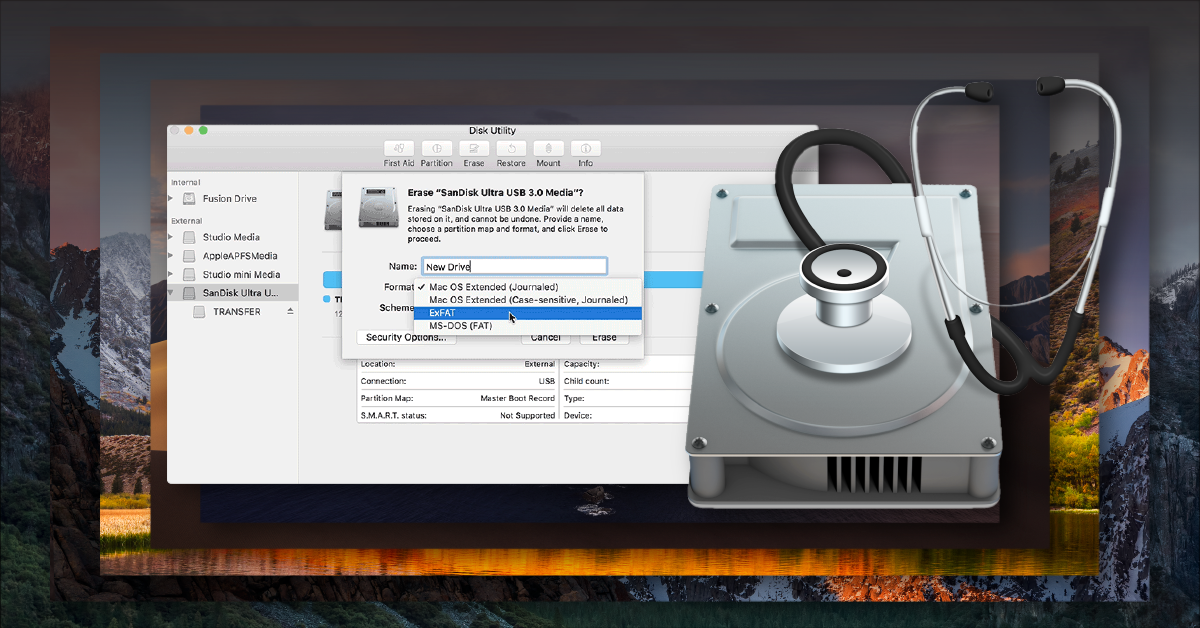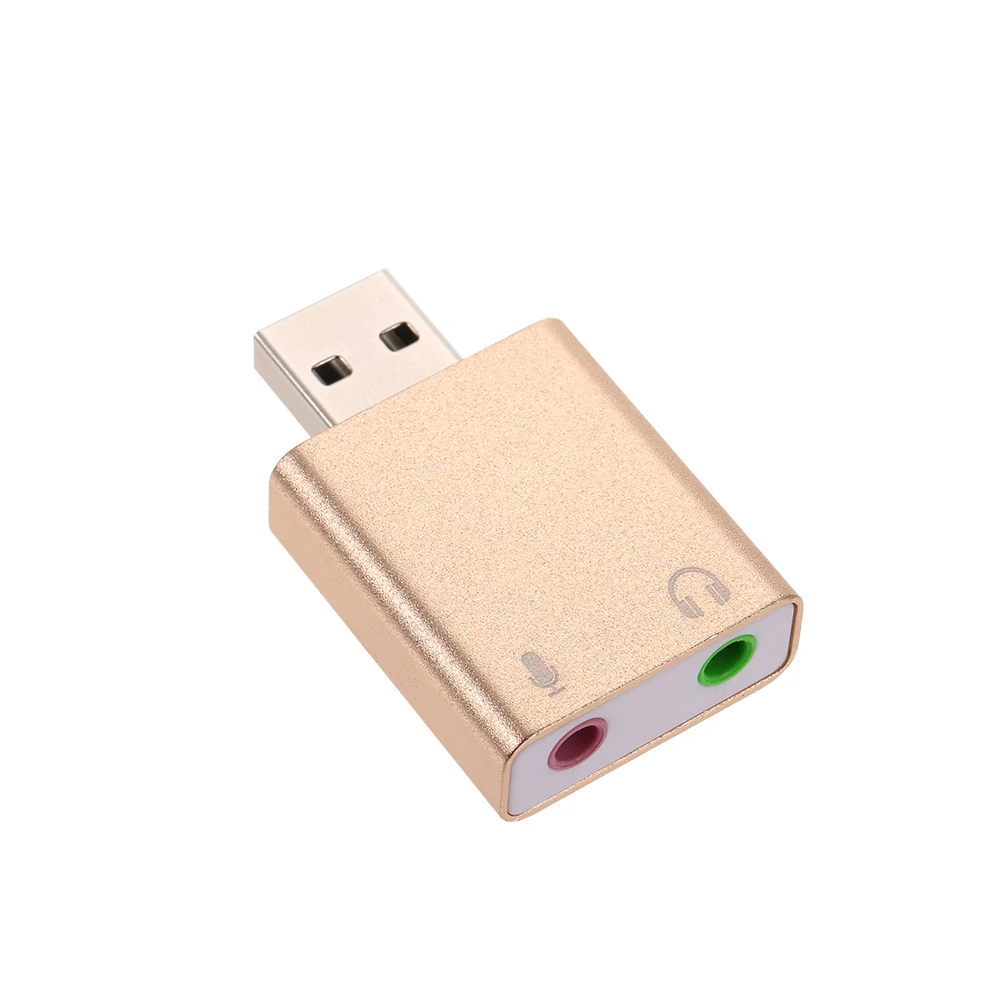- . Insert the USB drive,. wait for OSX to mount the drive,. eject the drive in Finder, and. then select the Devices USB Devices menu and select the USB drive to mount the drive.
- The macOS installer file is large with approximate size of 6 to 10GB depending upon the.
- Step 3: Mount External USB Drives. Now that you’ve installed VirtualBox guest addition tool and have added your user account to VirtualBox service group, follow the steps below to mount your external flash / thumb drives Shutdown the guest machine, then insert the external USB into the host machine.
Want to know how to boot from USB in Virtualbox?
If yes then keep reading this post.
Using USB with a Linux Host On Linux hosts, VMware Workstation uses the USB device file system to connect to USB devices. In most Linux systems that support USB, the USB device file system is at /proc/bus/usb.If your host operating system uses a different path to the USB device file system, you can change it in the Virtual Machine Control Panel (Edit Virtual Machine Settings USB). Copy the Windows iso, Windows Support files and WinToUSB to the USB flash drive and eject. Install VirtualBox and Extension Pack. Start VirtualBox and make a Windows10 virtual machine (VM), be sure the USB port is enabled. Start the Windows VM. Attach the USB flash drive and the external drive that you want Windows on.
In the previous post, I have already talked about how to install win 7 on Virtualbox & also about installing ChromeOS on a Virtual machine.
And now I am here writing this essential part of these two posts.
Where you will learn installing & booting OS from USB in Virtualbox.
So that you can easily install any operating system like macOS, Windows, Linux or Ubuntu by directly booting from USB.
I know you can easily boot from ISO file also but converting USB to iso file would be much harder.
That’s why this trick has helped me a lot when I was installing macOS on a virtual machine using a bootable USB.
And will definitely help you also.
Let’s see How.
Boot From USB in VirtualBox Windows 10But before we begin.
Please make sure that you have installed Virtualbox & extension pack properly. And UEFI mode is enabled.
Virtual Box: Download Link
VM Extension Pack: Download Link
And the most imp. thing a bootable USB with OS of your choices like macOS or windows.
In this tutorial, I will be using a tool to Boot an OS from a USB Drive in Virtualbox called Virtual Machine USB Boot. Download Link…
So Let’s get started.
1. Open VirtualboxFirst Open the Virtualbox by right-clicking on it & selecting Run as Administrator.

And I hope you have already created a virtual machine for booting. And if you don’t you can follow this guide to create a virtual machine on Virtualbox.
2. Run Virtual Machine USB Boot toolDownload & install this boot tool from the given link. And Open it by right-clicking on it & selecting Run as Administrator.
Now insert your bootable USB drive from which you want to boot an Operating system in a virtual box. And Click on Add.
Now select the VM name according to your choice. As I am booting & installing windows 7 from USB. So I select “Windows 7”.
And then select your inserted USB from Drive to add and boot the drop-down menu. Now it will show a warning of physical disk boot priority. Just click OK.
Now Select the VM name and Drive by clicking on it. And Click on Start.
And Done! It will automatically start booting the virtual machine using USB.
ConclusionSo that’s how you can easily install and boot any operating system directly from USB in Virtualbox without any problem. And you can also do this by using a Plop boot manager in QEMU & VMware.
Stay tuned for the next post on How to install windows 10 from USB in Virtualbox.
Feel free to share your thoughts and also tell us if you know any better way to Boot from USB in VirtualBox in Windows 10/7.
If you liked this post, Don’t forget to share this unique trick with your tech buddies.
Parallels Desktop TM for Mac Business Edition enables end users to connect or mount physical disks to a virtual machine (VM) and treat them as internal disks.
Why connect external physical disks to VMs?The advantages of being able to connect external physical disks to VMs include:
• Increasing the storage of your VM
• Installing Windows or another operating system (OS) to the disk
• Boot to an OS installed on that disk
• Use non-native Boot Camp installations on the connected disk
Without a solution like Parallels Desktop Business Edition, a Mac user will not be able to connect an external hard disk to a VM, if storage devices (in general) are not allowed.


And I hope you have already created a virtual machine for booting. And if you don’t you can follow this guide to create a virtual machine on Virtualbox.
2. Run Virtual Machine USB Boot toolDownload & install this boot tool from the given link. And Open it by right-clicking on it & selecting Run as Administrator.
Now insert your bootable USB drive from which you want to boot an Operating system in a virtual box. And Click on Add.
Now select the VM name according to your choice. As I am booting & installing windows 7 from USB. So I select “Windows 7”.
And then select your inserted USB from Drive to add and boot the drop-down menu. Now it will show a warning of physical disk boot priority. Just click OK.
Now Select the VM name and Drive by clicking on it. And Click on Start.
And Done! It will automatically start booting the virtual machine using USB.
ConclusionSo that’s how you can easily install and boot any operating system directly from USB in Virtualbox without any problem. And you can also do this by using a Plop boot manager in QEMU & VMware.
Stay tuned for the next post on How to install windows 10 from USB in Virtualbox.
Feel free to share your thoughts and also tell us if you know any better way to Boot from USB in VirtualBox in Windows 10/7.
If you liked this post, Don’t forget to share this unique trick with your tech buddies.
Parallels Desktop TM for Mac Business Edition enables end users to connect or mount physical disks to a virtual machine (VM) and treat them as internal disks.
Why connect external physical disks to VMs?The advantages of being able to connect external physical disks to VMs include:
• Increasing the storage of your VM
• Installing Windows or another operating system (OS) to the disk
• Boot to an OS installed on that disk
• Use non-native Boot Camp installations on the connected disk
Without a solution like Parallels Desktop Business Edition, a Mac user will not be able to connect an external hard disk to a VM, if storage devices (in general) are not allowed.
Sometimes you cannot use specific USB devices in your VM. There might be cases when plugging in a USB device causes problems—for example, when the connected USB:
• Does not appear in the list of USB devices
• Disconnects automatically from the VM
• Behaves erratically in a VM
• Is not detected by the computer
Using Parallels Desktop Business Edition, you can easily connect hard disks to VMs.
How do you connect hard disks to VMs in Parallels Desktop Business Edition?To connect a hard disk to a new VM:
1.Connect the external disk to the Mac via USB.
Note: Make sure to select Customize settings before installation when creating a new virtual machine.
2. In the virtual machine configuration window, select Hardware, select the Add button and then select Hard Disk.
3. Select Physical Disk under the Type menu and select the hard disk that you want to connect to the VM from the Location menu. Select OK.
After you connect the hard disk to the VM, the physical disk appears in the VM configuration.
To use the existing data of the disk, leave it as is. When the VM boots, this disk appears next to other VM disks.
To boot the VM from this disk, select Boot Order. Use the Up arrow and move this newly added disk to the top of the Boot Order list.
To connect hard disk to an existing VM:
1.Connect the external disk to the Mac via USB.
2. Shut down your virtual machine by selecting the Parallels icon in the macOS menu and choose Actions > Shut Down.
Note: If the VM is suspended or paused, resume it before shutting it down.
3. Select the Parallels icon in the macOS menu and choose Configure. The virtual machine configuration opens. Select Hardware, select the Add button and then select Hard Disk.
4. Select Physical Disk under Type menu and select the hard disk that you want to connect to the VM from the Location menu. Select OK.
Virtual Usb Drive Mac Download Move up to Parallels Desktop Business Edition today Virtual Machine On Usb DriveParallels Desktop Business Edition offers features such as license management, mass deployment of Parallels Desktop and VMs, corporate compliance capabilities and business-level support.
Download the free trial and find out how it can benefit your organization.
Virtual Usb Drive Mac For additional information on connecting external disks to a VM, see the following references: